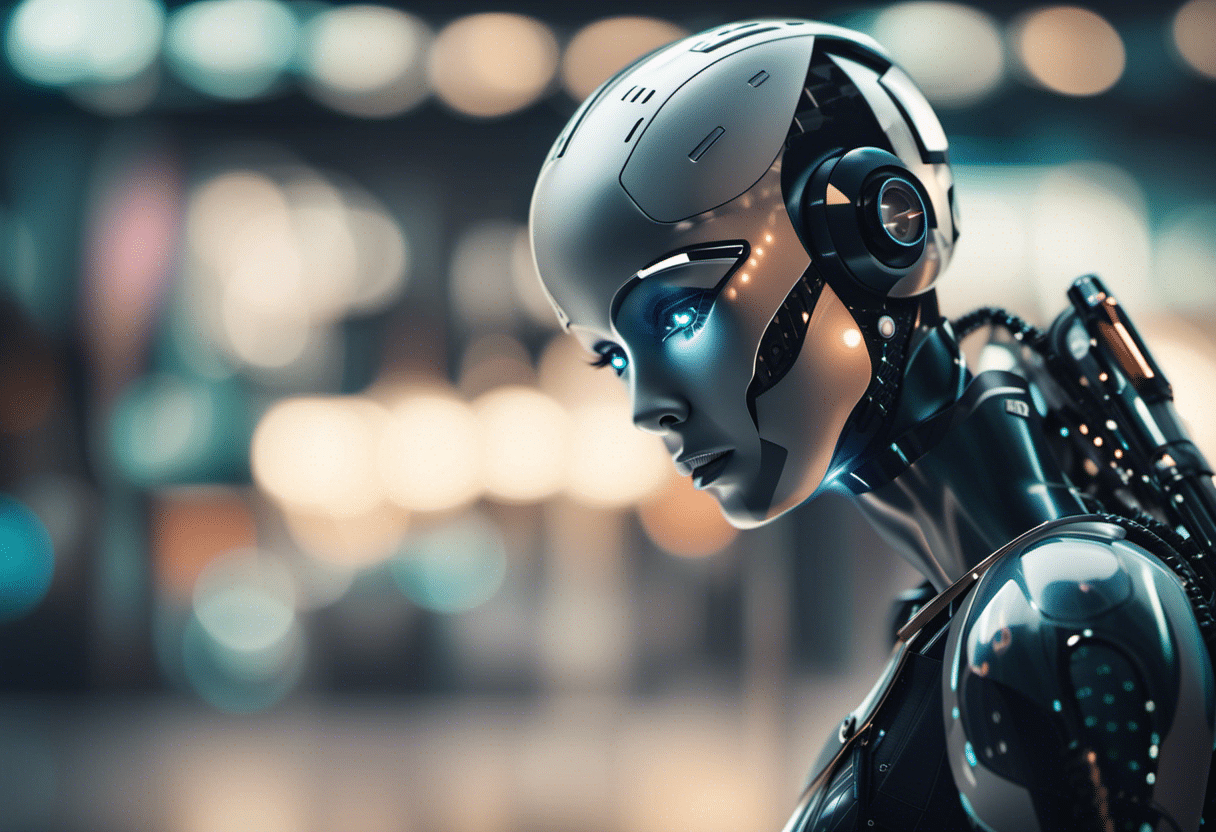In 2025, AI personal assistants are no longer futuristic concepts or novelty gadgets. They are your day-to-day co-pilots, business accelerators, and burnout preventers. Whether you’re managing projects, juggling meetings, or writing emails, there’s an AI tool to make your work faster, smarter, and less stressful.
Why AI Personal Assistants Matter Now More Than Ever
With the explosion of remote work, digital collaboration, and AI adoption, the way we organize our time has radically changed. People are overwhelmed by tools, notifications, and decisions. AI assistants bring simplicity by automating what doesn’t need your brainpower.
Key benefits:
- Automate repetitive tasks (emails, scheduling, transcriptions)
- Protect your focus with smart time blocking
- Offer context-aware support across apps
- Help scale productivity for individuals and teams
According to market forecasts, the global AI assistant industry is expected to exceed $35 billion USD by 2026. That growth reflects the shift toward intelligent, integrated, and personalized workflows.
What Makes an AI Assistant Truly « Personal »
Not all AI assistants are created equal. Basic tools like Siri or Alexa can set a timer or answer trivia. But personalized AI assistants go further: they learn your preferences, anticipate your needs, and adapt over time.
Personalized AI Features:
- Preference learning: Knows your ideal focus hours
- Context awareness: Detects if you’re in a meeting, on the move, or working from home
- Task automation: Handles inbox triage, meeting follow-ups, and note summaries
- Emotional sensitivity (emerging): Picks up stress signals and suggests wellness breaks
Top AI Personal Assistants in 2025
Here are the most impactful AI assistants changing productivity today:
| Assistant | Best For | Key Strengths |
|---|---|---|
| Motion | Smart scheduling | AI calendar planning, focus protection |
| Notion AI | Content creation & notes | Summaries, writing, project tracking |
| Monica AI | All-in-one browser tool | GPT-4 powered assistant in Chrome |
| Superhuman | Email productivity | AI inbox triage, reply suggestions |
| ClickUp AI | Project/task automation | AI prompts for teams, meeting parsing |
Each tool is designed to reduce friction and amplify focus in a different domain. Choosing the right one depends on your role and workflow.
Use Cases Across Professions
Remote Workers
- Motion reschedules meetings and protects deep work blocks
- Fireflies transcribes virtual calls and generates action items
Content Creators & Marketers
- Notion AI drafts blog posts and summarizes research
- Copy.ai and Jasper generate product descriptions and social posts
Students & Educators
- Otter.ai records lectures and turns them into searchable notes
- Monica AI summarizes dense articles for fast study sessions
Customer Support Teams
- Intercom and Tidio automate common queries and escalate complex ones
Executives & Founders
- Superhuman clears 200+ emails in 30 minutes with AI triage
- ClickUp AI keeps project timelines updated and aligned
How AI Assistants Work Under the Hood
Modern AI assistants combine several powerful technologies:
- Natural Language Processing (NLP): Understands your text or voice commands
- Machine Learning (ML): Learns your preferences over time
- Large Language Models (LLMs): Generates human-like responses
- Agentic AI: Makes autonomous decisions based on goals
- Data integration: Pulls from your calendar, inbox, Slack, and more
Imagine saying, « I’m burned out today » — and your assistant reschedules low-priority tasks, adjusts your focus time, and notifies your team. That’s the future, now.
AI Assistants vs Human Virtual Assistants: Who Wins?
| Category | AI Assistant | Human VA |
| Cost | $5–$50/month | $500–$3,000+/month |
| Availability | 24/7, always on | Limited to set hours |
| Emotional intelligence | Emerging | High |
| Learning speed | Fast, scalable | Human-paced |
| Best for | Repetitive tasks, automation | Creative, people-facing tasks |
Hybrid is best: Let AI handle the routine and let humans handle relationships.
Security & Privacy: What You Must Know
AI assistants have access to your sensitive data. Choose tools that offer:
- End-to-end encryption
- Role-based access control
- Data minimization
- Transparent permission settings
Always review the assistant’s privacy policy. Tools like Monica AI and Motion have strong data privacy protocols in place.
Future Trends in AI Personal Assistants
The next generation of assistants will be even more powerful:
- Emotional intelligence: Detect mood and respond empathetically
- Multimodal interaction: Understand voice, gesture, and text in one flow
- Biometric integration: Adjust tasks based on stress or sleep data
- Agentic autonomy: Plan your day proactively without instruction
Tools like Lindy.ai are already testing integrations that monitor stress, suggest breaks, and plan work around your bio-data.
Choosing the Right AI Assistant for You
Ask yourself:
- Do I want to automate tasks, write better, or stay more organized?
- Do I prefer voice, browser, or workspace integrations?
- Do I need it for myself, my team, or both?
Pro tip: Start with a free trial. The best assistant is the one that fits seamlessly into your daily habits.
Final Thoughts: AI Assistants Are Your New Advantage
In 2025, AI personal assistants are no longer just convenient—they’re competitive advantages. Whether you’re a solo creator, a startup founder, a busy professional, or a remote worker, these tools help you:
- Save time
- Reduce burnout
- Boost focus
- Get more done, faster
The future of productivity isn’t waiting. It’s already here. Start exploring your next digital co-pilot today.
